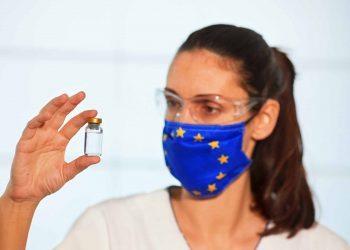As the sector enters the second year of an unprecedented crisis, the impact this has had on women in tourism has been made clear. According to the World Tourism Organization (UNWTO), the pandemic, and the unprecedented drop in international tourist arrivals, risks rolling back progress made towards achieving gender equality and efforts to empower women and girls.
UNWTO is marking International Women’s Day 2021 with the release of our Inclusive Recovery Guide for women in tourism, compiled in collaboration with UN Women.
UNWTO data shows that women make up the majority of the tourism workforce (54%). Women in tourism are also often concentrated in low-skilled or informal work. This means that they are feeling the economic shock caused by the crisis more acutely and quicker than their male counterparts. In many cases, they are cut off from the social and healthcare protections that are so vital in a global pandemic.
Crisis “has a woman’s face”
The Secretary-General of the United Nations António Guterres says, “As the world marks International Women’s Day in the midst of a global pandemic, one stark fact is clear: the COVID-19 crisis has a woman’s face.” UNWTO Secretary-General Zurab Pololikashvili adds, “Tourism is a proven driver of equality and opportunity. This unprecedented crisis has hit our sector’s women fast and hard, which is why gender equality and empowerment must be centre stage as we work together to restart tourist and accelerate recovery.”
Recommendations for inclusive recovery
Almost one year on since the pandemic was officially declared, the negative impact it is having on women and girls has become devastatingly clear. This increase in women’s economic and social insecurity combined with the observed rise in unpaid care work and domestic violence have meant that women in tourism have been disproportionately affected by the devastating effects of the pandemic on the sector.
The Inclusive Recovery Guide provides recommendations to policymakers, businesses and civil society actors in tourism for designing gender-responsive measures in response to the ongoing pandemic.















